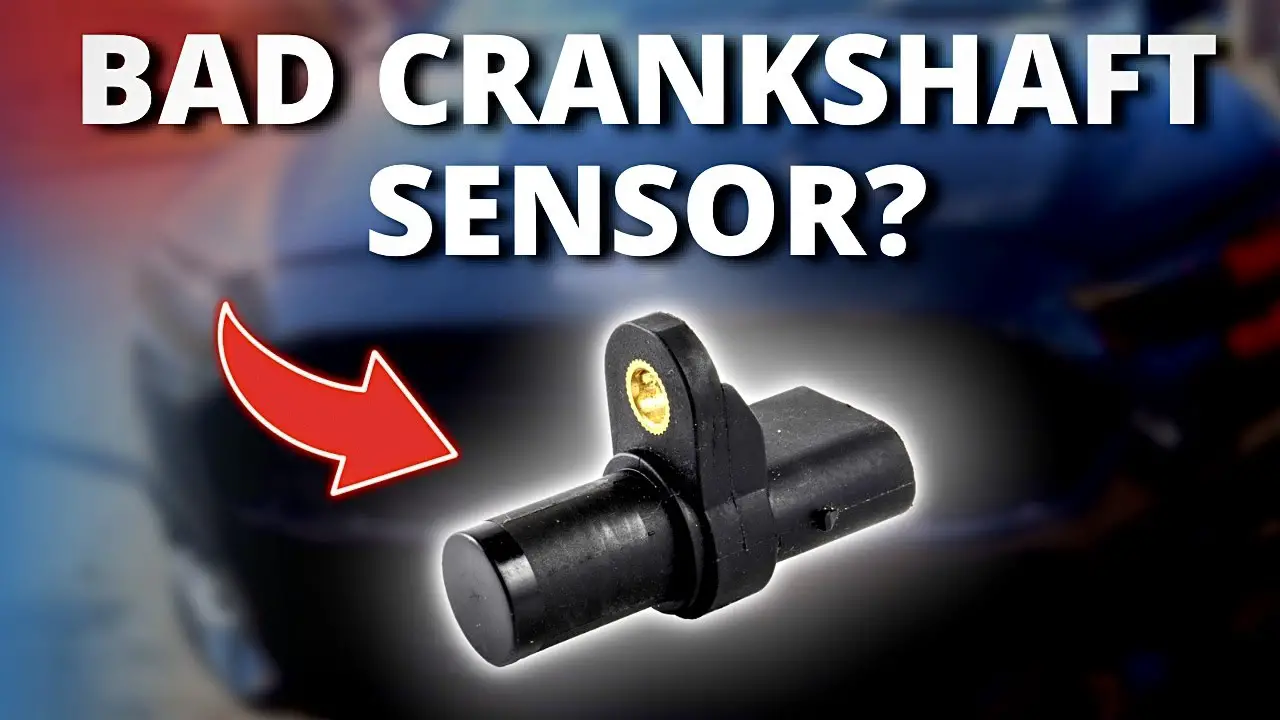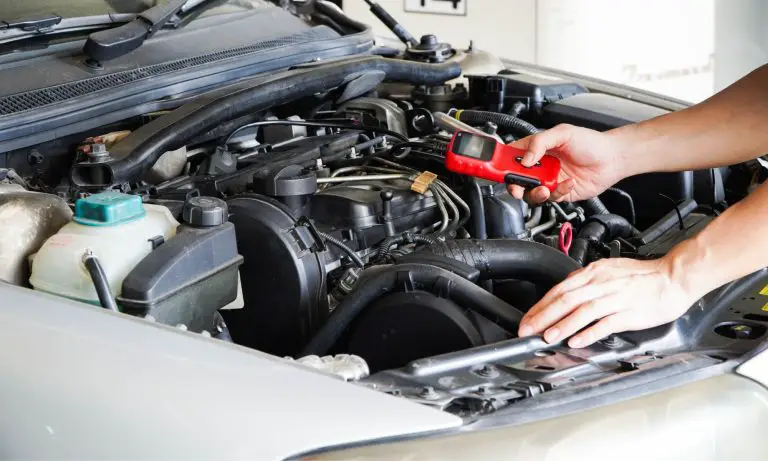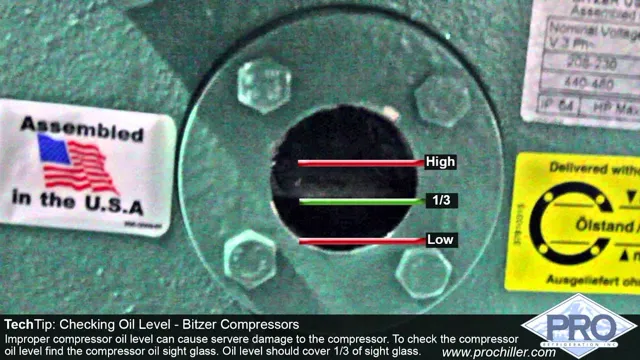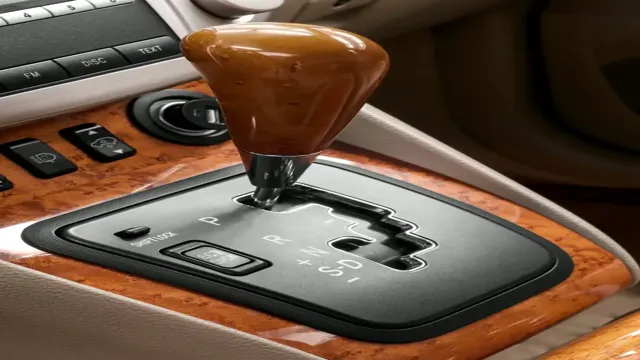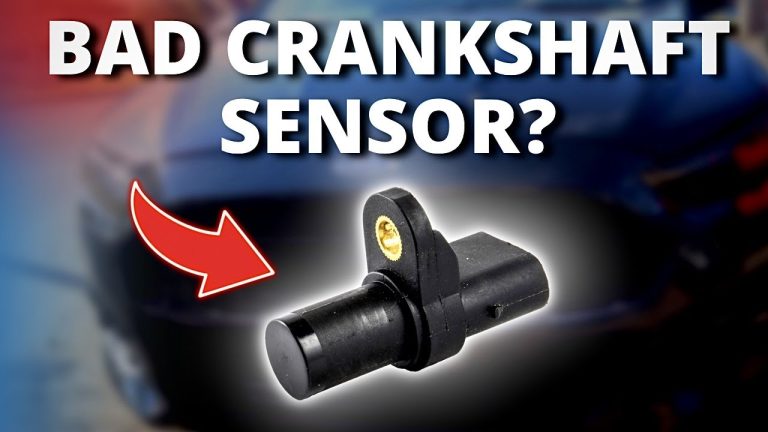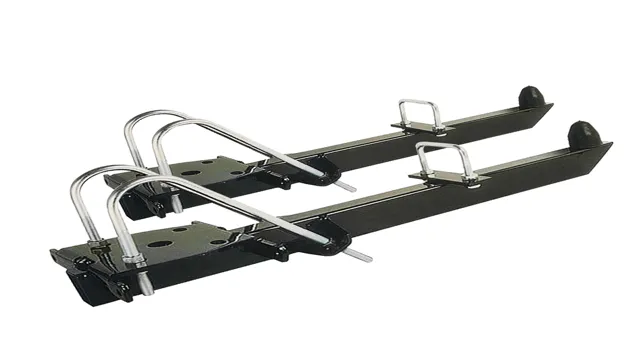How to Tell If a Crankshaft Position Sensor is Bad: Quick Guide
When it comes to diagnosing car problems, the crankshaft position sensor is a critical component that often gets overlooked. If this sensor goes bad, it can lead to a host of issues with your vehicle’s performance. In this article, we will explore the signs and symptoms of a bad crankshaft position sensor and how to identify if it needs to be replaced.

Credit: www.youtube.com
Symptoms of a Bad Crankshaft Position Sensor
It’s essential to be aware of the symptoms associated with a faulty crankshaft position sensor. Here are some common signs that indicate a potential problem:
- Check engine light is illuminated
- Hard starting or no start at all
- Engine stalling
- Misfiring engine
- Poor gas mileage
- Engine vibration problems
If you notice any of these symptoms in your vehicle, it’s crucial to have the crankshaft position sensor inspected to determine if it needs to be replaced. Ignoring these warning signs can lead to further damage and potentially leave you stranded on the road.
Testing the Crankshaft Position Sensor
If you suspect that your crankshaft position sensor may be failing, there are ways to test it to confirm the issue. Here are some steps to help you test the sensor:
- Use an OBD-II scanner to check for error codes related to the sensor
- Inspect the sensor for signs of damage or debris
- Check the sensor’s electrical connections for any loose or corroded wires
- Perform a voltage test to ensure the sensor is sending the correct signals
By following these testing procedures, you can determine if the crankshaft position sensor is indeed the source of the problem. If the sensor is found to be faulty, it’s important to replace it promptly to avoid further complications with your vehicle’s performance.

Credit: www.thisdaylive.com
Replacing a Bad Crankshaft Position Sensor
Replacing a faulty crankshaft position sensor is a relatively straightforward process, but it’s essential to follow the correct steps to ensure proper installation. Here’s a general outline of the replacement procedure:
- Locate the position of the sensor in your vehicle’s engine
- Disconnect the electrical connector attached to the sensor
- Remove any mounting bolts securing the sensor in place
- Gently pull the sensor out of its position
- Install the new sensor and secure it with the mounting bolts
- Reconnect the electrical connector to the new sensor
After replacing the sensor, it’s crucial to clear any error codes stored in the vehicle’s computer system and perform a test drive to ensure that the issue has been resolved. If the symptoms persist, further inspection may be required to identify any underlying problems.
Frequently Asked Questions
What Are The Symptoms Of A Bad Crankshaft Position Sensor?
Common symptoms of a bad crankshaft position sensor include check engine light, hard starting, and misfires.
How Do You Test A Crankshaft Position Sensor?
To test a crankshaft position sensor, use a multimeter to check for resistance and voltage output. Ensure proper connection and inspect for physical damage. Start the engine and monitor sensor data with a scan tool for irregular readings.
What Are The 7 Symptoms Of A Bad Camshaft Position Sensor?
Common symptoms of a bad camshaft position sensor include check engine light, hard starting, misfires, engine stalling, and poor acceleration.
Will An Engine Run With A Bad Crankshaft Position Sensor?
Yes, an engine may not run properly with a bad crankshaft position sensor. It can cause starting issues and misfires, leading to potential engine stalling and damage. Promptly addressing this issue is crucial to prevent further problems.
Conclusion
Understanding the signs and symptoms of a bad crankshaft position sensor is essential for maintaining your vehicle’s performance and reliability. By being aware of these indicators and knowing how to test and replace the sensor, you can address potential issues before they escalate into more significant problems. If you suspect that your vehicle may have a faulty crankshaft position sensor, it’s best to consult with a qualified mechanic to diagnose and resolve the issue promptly.

